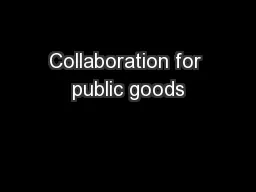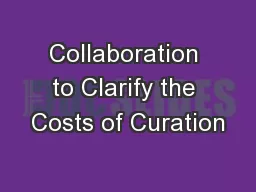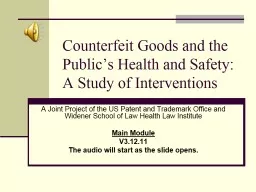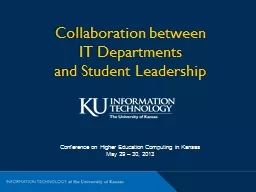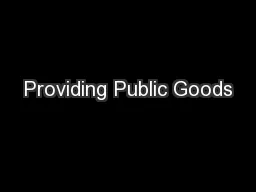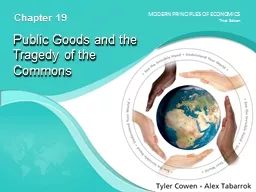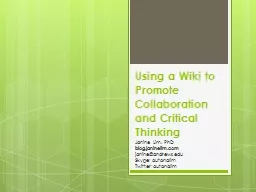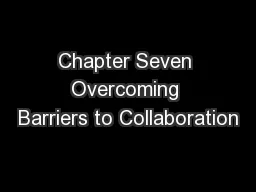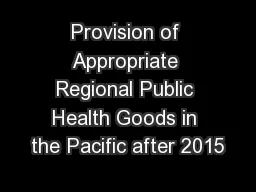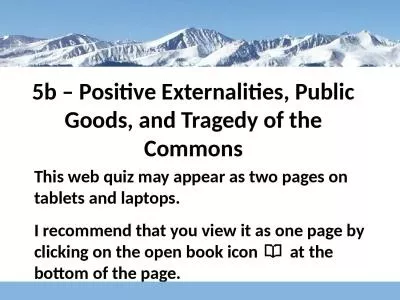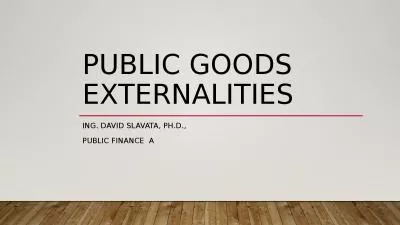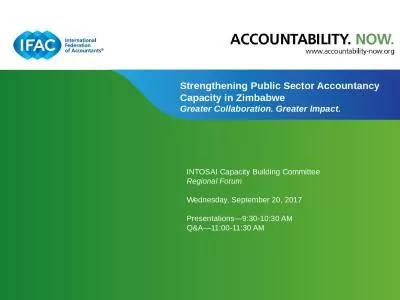PPT-Collaboration for public goods
Author : danika-pritchard | Published Date : 2016-03-15
Gerard Breeman Katrien Termeer Wageningen University Elinor Ostrom People can and do work together to manage common resources grazing lands forests irrigation
Presentation Embed Code
Download Presentation
Download Presentation The PPT/PDF document "Collaboration for public goods" is the property of its rightful owner. Permission is granted to download and print the materials on this website for personal, non-commercial use only, and to display it on your personal computer provided you do not modify the materials and that you retain all copyright notices contained in the materials. By downloading content from our website, you accept the terms of this agreement.
Collaboration for public goods: Transcript
Download Rules Of Document
"Collaboration for public goods"The content belongs to its owner. You may download and print it for personal use, without modification, and keep all copyright notices. By downloading, you agree to these terms.
Related Documents

